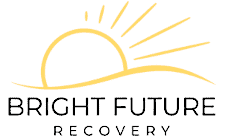
Bright Future Recovery serves Northern and Central California with evidence-based, whole person and affordable addiction rehab services associated with alcohol and drug abuse. We are happy to share valuable addiction recovery information.
Questions about Drug and Alcohol Abuse and Recovery?
Call Bright Future Recovery at (831) 245-1623 for a Confidential Consultation. We Can Help.
Addiction vs. Dependence
Addiction is a chronic, typically relapsing, brain disease that affects the reward structure of the brain, causing compulsive drug use and seeking behaviors, despite suffering the negative consequences associated with addiction. Drug addiction is considered a brain disease because, over time and abuse, it changes the function and structure of the brain. While it is a fact that when a person uses drugs initially, it is a choice to do so, over time, the changes that occur in the brain due to repeated use can actually impair the person’s self-control and reduce the ability to make good decisions, while simultaneously creating an overwhelming impulse to take more drugs. Overcoming addiction typically requires professional intervention and long-term support throughout recovery.
What is Addiction?
Addiction occurs when an individual becomes physically, psychologically, and emotionally dependent on drugs or alcohol. There are certain characteristics involved with addiction:
- The ongoing inability to abstain from a specific substance
- Cravings for a specific drug or alcohol
- Impairment or loss of control due to a substance
- Continued use of drugs or alcohol even when negative consequences are present
- Dysfunctional or inappropriate emotional responses when access to the substance of choice is eliminated
Drug or alcohol addiction impacts nearly every aspect of a person’s life. Personal relationships, financial status, and careers are often the first aspects to suffer, and oftentimes, legal problems follow. Additionally, many people with drug or alcohol addictions suffer physical health problems, memory impairment, and ultimately, permanent disability.
What is Physical Dependence?
The biggest sign of physical dependence on a substance is that an individual will suffer withdrawal symptoms if the substance use is stopped or doses are significantly decreased. Another sign is developing a tolerance to the drug that requires larger and larger doses to achieve the same effects that the individual did previously.
When you use drugs or alcohol for an extended period of time, your body becomes used to functioning with it in your system. The substance affects the brain and central nervous system, causing them to have to recalibrate to stabilize for normal functioning with the substance added. Over time, the brain and nervous system adapt to working with the substance present, and it becomes the new normal for them. This is physical dependence.
Once you are physically dependent on a substance, you’ll suffer withdrawal symptoms if you discontinue using it. That is your brain and nervous system again recalibrating to stabilize, this time without the substance present.
Dependence versus Addiction
In most cases, physical dependence is the predecessor of addiction. People who become physically dependent on a substance continue to use it so that they don’t suffer from withdrawal symptoms, or they begin taking more of the drug because they have developed increased tolerance to its effects. In these situations, addiction can develop as a result of continued use.
Addiction to a substance, especially prescription medications, is very different than a physical dependence on the substance. With addiction, there are psychological symptoms as well as physical symptoms of dependence. Those symptoms show an overall loss of control and/or obsessive-compulsive thoughts about using and drug-seeking behavior. The main signs of addiction to a drug are:
- Continued use despite negative consequences to a person’s health, relationships, work or school, or freedom (legal issues, arrests, etc.)
- Loss of control of the use of the drug (being unable to stop using even though you want to)
- Cravings and compulsive thinking about the drug
Becoming addicted means that you cannot stop using the drug through sheer willpower. You have a psychological need to use the drug and cravings for it. People who are physically dependent on drugs or alcohol are able to go through the withdrawal, and while they may be uncomfortable, once they have made it through, they have no desire (or craving) to use the substance again.
What Happens to Your Brain When You Take Drugs?
Drug addiction occurs because the chemicals in drugs disrupt the brain’s communication system and the way that nerve cells receive, send, and process information. This typically happens in one of two ways, or a combination of both – the drugs mimic the natural chemical messengers of the brain, and they overstimulate the reward center of the brain.
Some drugs, like opioid painkillers and heroin, have a structure that is similar to the brain’s chemical messengers (neurotransmitters), which are produced naturally by the brain. Due to the similarity, these types of drugs “trick” the brain’s receptors and cause the nerve cells to send abnormal messages.
Drugs that are stimulants, like methamphetamines and cocaine, can cause the brain to release large, sometimes huge, amounts of its natural neurotransmitters, or they can stop the normal recycling of the chemicals, which is necessary to interrupt the signal between neurons. Stopping that process causes an amplified message that wreaks havoc on normal communication patterns.
Almost all drugs that are abused affect the brain’s reward system by flooding it with dopamine. Dopamine is the neurotransmitter that helps control emotion, movement, motivation, and pleasure feelings. When this system is overstimulated (which happens naturally in positive situations like eating, cuddling an infant, or spending time with family), it produces euphoric feelings in response to the drug.
As the drug use continues, the brain recalibrates itself to the floods of dopamine by producing less of the neurotransmitter or reducing dopamine receptors. That means that the person will have to continue to abuse the drug just to bring the dopamine function back to “normal,” or he or she will have to increase drug use to attempt to achieve the same euphoric high.
Why Do Some People Become Addicted to Drugs?
There isn’t one specific thing that indicates whether you will or won’t become addicted to drugs. There are some common risk factors, though, that may increase the chances that someone will become an addict. The risks for drug addiction may be influenced by biological, environmental, and developmental factors. The greater the number of risk factors that a person has, the higher the chances are that if they begin taking drugs, they will become addicted.
Risk factors for drug addiction can include:
- Biological – There is a genetic component to drug addiction. People who are born with certain genes may have a higher level of risk of becoming addicted to drugs. That, in combination with environmental factors, typically makes up about half of their vulnerability to addiction. Also, biological factors like ethnicity, gender, and the presence of mental disorders may influence their risks.
- Environmental – There are many different environmental factors that contribute to a person’s risk of becoming addicted to drugs. Their socioeconomic background, family and friends’ influences and quality of life all play a part. Past trauma, sexual or physical abuse, peer pressure, stress, and parental involvement can also greatly add to a person’s risk of drug addiction.
- Developmental – Where a person is in their life developmentally (chronological and emotional maturity) can greatly affect his or her chances of drug addiction. While anyone, at any age, can become addicted, people who begin using drugs during adolescence or younger have a much higher propensity to addiction later in life.
Prevention and Treatment Are Key to Reducing Drug Addiction
Even though drug addiction is a brain disease, it is preventable. Studies show that programs that are dedicated to the prevention of drug use in the first place, involving family, schools, communities, and the media, are effective in reducing drug abuse and addiction.
For those who are already in the cycle of drug addiction, treatment is essential to making the right changes and discovering a new life of recovery. With treatment and an ongoing recovery program, you can get and stay clean and live a fulfilling and happy life. In treatment, those suffering from drug addiction are taught new coping skills so that when feelings of frustration and pain do come up, they are prepared to deal with them without returning to drug use.
Find Help at Bright Future Recovery
Whatever leads you to our doorstep – know that we are invested in your recovery and in helping individuals overcome the devastating effects of alcohol use disorder and substance use disorders. We believe detoxing and residential rehab treatment should not be something to enter in fear. Bright Future Recovery serves Northern California – as well as Central and Southern California. At Bright Future Recovery locations in Hollister and San Luis Obispo – our patients find professional intervention services, detox, residential rehab, post-treatment care; and a 5-year case management and monitoring program.
We Can Help.
Call Bright Future Recovery Now
Confidential Consultations and Insurance Verification
Detox | Residential Rehab | Relapse Prevention
We accept most insurance – Free Insurance Benefits Check.








